Before talking about dataloggers and the best way to use them for data collection, let’s understand the significance of geotechnical data. Geotechnical monitoring is mostly used for safety monitoring or risk assessment of large civil engineering projects like dams, tunnels, bridges, high-rise structures, seaports, airports, highways, etc.
The geotechnical database usually contains information on various surface and sub-surface parameters recorded from the sensors installed at the project site.
To yield maximum results and develop promising geotechnical evaluation, one must combine data collection with the appropriate software. It’s also important to consider limitations while making project-related decisions.
You’d be surprised to know that most geotechnical data collection plans rely heavily on engineering judgment and expert advice.
So, let’s say that geotechnical data collection is the first step toward obtaining clarity and minimizing uncertainty. The data received often forms the basis for detailed technical assessment and planning monitoring solutions for the project.
Proper planning and impeccable implementation reduce financial risks. Hence reliable data collection is a must for a project’s success.
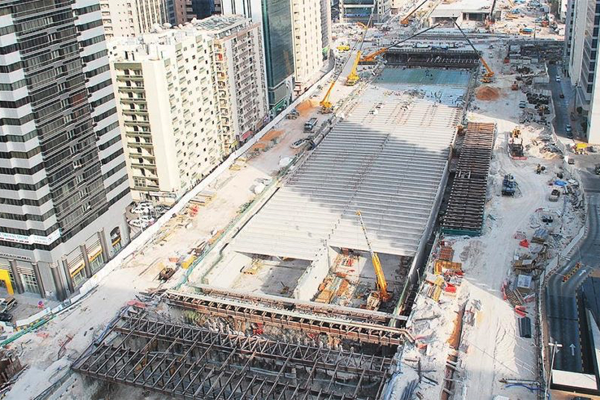 Geotechnical Data Collection: the best way to collect data from datalogger - Encardio Rite Fig 1
Geotechnical Data Collection: the best way to collect data from datalogger - Encardio Rite Fig 1Moving on, let’s understand data logging in detail. It is a process of recording observations, events, and measurements systematically. We use a datalogger to collect and store data to analyze trends and record events over a specific period.
Also called a data recorder, a datalogger is a compact electronic device or a computer program used to monitor and record data over time. It is an essential tool in geotechnical instrumentation. It also aids structural and environmental monitoring.
Read more: Data Loggers: What is it, Types, Applications & How it Works?
The datalogger automatically collects real-time data from the sensors. You can leave your dataloggers unattended and still get the complete data anytime you wish.
This power-packed device records field data with date and time stamps and stores the information. The data logger has the provision to transfer the stored/recorded data to a central computer or server for processing, analysis, and presentation to the client. Few dataloggers also have the provision to cross-verify the data at the field itself using a smartphone.
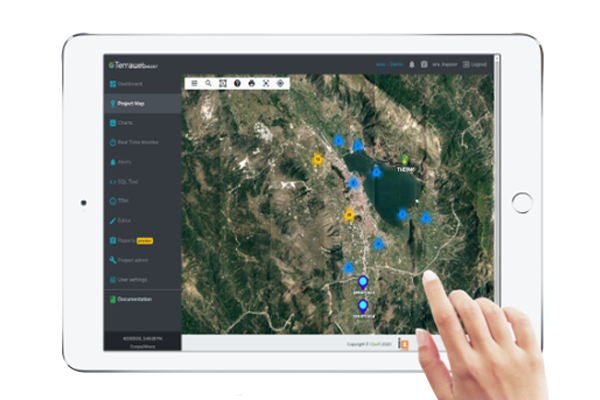 Geotechnical Data Collection: the best way to collect data from datalogger - Encardio Rite Fig 2
Geotechnical Data Collection: the best way to collect data from datalogger - Encardio Rite Fig 2The Encardio Rite Group holds expertise in providing efficient geotechnical instrumentation and structural and environmental monitoring. We have a comprehensive range of dataloggers to suffice all your monitoring needs.
Our advanced dataloggers offer a wide operating temperature range, low power consumption, and dependable stand-alone operation. Most of our dataloggers come with many telecommunication options. Some even support a variety of measurement and control applications.
Now let’s look at the types of dataloggers available today. These are:
Digital Datalogger with GPRS/GSM Transmission
Digital data loggers are capable of continuously monitoring and recording data from sensors having a digital output. The dataloggers can be programmed to scan data between 5 seconds and 168 hours in linear mode. Once programmed and activated, the datalogger automatically begins to measure and record data from sensors. This way, you can enjoy the best of both worlds: active monitoring and reliable risk assessment of the project undertaken.
Thanks to the digital dataloggers and sensors, only a single bus cable is required to interconnect the sensors and dataloggers in series. A single datalogger can connect up to 160 sensors. Since the data is transmitted as a digital number, it is not affected by cable conductor resistance and is more immune to noise pick-up.
These dataloggers transfer the data over a GSM/GPRS network, popularly known as a cellular network, using a 4G modem and data SIM.
Encardio Rite has different models of dataloggers with GPRS/GSM transmission. These are:
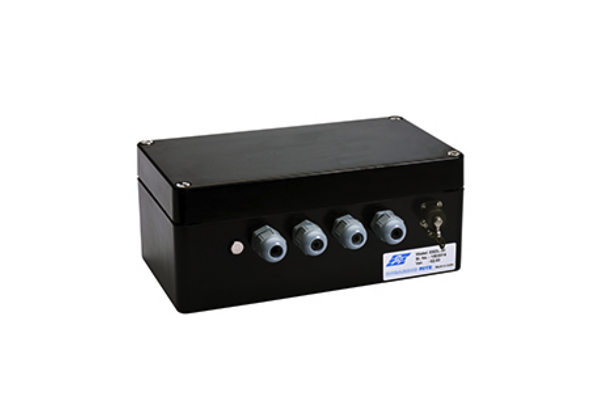 Geotechnical Data Collection: the best way to collect data from datalogger - Encardio Rite Fig 3
Geotechnical Data Collection: the best way to collect data from datalogger - Encardio Rite Fig 3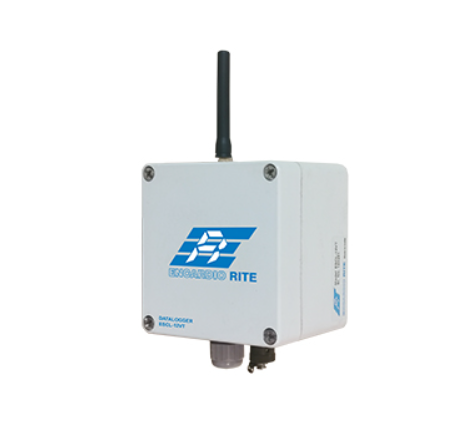 Geotechnical Data Collection: the best way to collect data from datalogger - Encardio Rite Fig 4
Geotechnical Data Collection: the best way to collect data from datalogger - Encardio Rite Fig 4- Model ESCL-12VT – Single-channel Datalogger Fir Vibrating Wire Sensors
- Model ESCL-10VT – Automatic Single-channel Datalogger For Water Level and Rain Gage
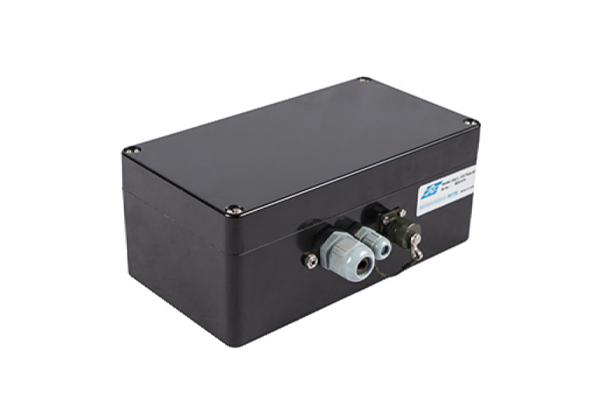 Geotechnical Data Collection: the best way to collect data from datalogger - Encardio Rite Fig 5
Geotechnical Data Collection: the best way to collect data from datalogger - Encardio Rite Fig 5Encardio Rite offers compact, battery-enabled dataloggers, having internal batteries for prolonged use for up to 5 years, best suitable for remote locations. These dataloggers have an inbuilt memory to facilitate data storage and can interface with any laptop, mobile, or computer.
These user-friendly devices are quite easy to install and configure. Once again connect the sensors and configure them using intuitive software in no time. The best part, you can leave them unattended, and they’ll continue to monitor and record data.
Dataloggers With RF Transmission – Nodes And Gateway
Encardio Rite offers a complete long-range radio network solution for real-time monitoring of geotechnical and structural sensors a complete wireless solution for large construction sites. In this system, the sensors connect with a low-power, long-range wireless network through nodes, also called RF data loggers. Different types of RF dataloggers are available to suit sensors with various outputs, like vibrating wire, analog, digital, etc.
The nodes send the recorded data via the RF network to the Gateway. The gateway can be installed at a far distance but in line of sight of the node. In case the gateway is not in the line of sight of any particular node, the relay node can be used for seamless data transfer.
The Gateway transmits the data collected in near real-time to the cloud/central server using a GSM/GPRS network.
Encardio Rite offers the following range of RF data loggers:
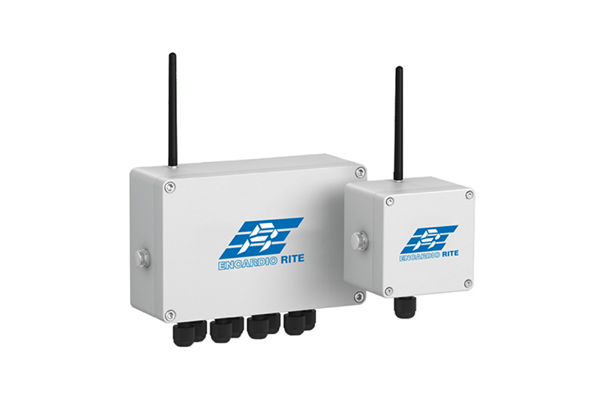 Geotechnical Data Collection: the best way to collect data from datalogger - Encardio Rite Fig 6
Geotechnical Data Collection: the best way to collect data from datalogger - Encardio Rite Fig 6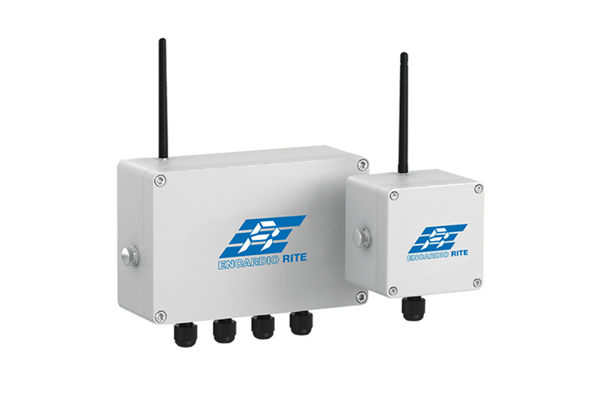 Geotechnical Data Collection: the best way to collect data from datalogger - Encardio Rite Fig 7
Geotechnical Data Collection: the best way to collect data from datalogger - Encardio Rite Fig 7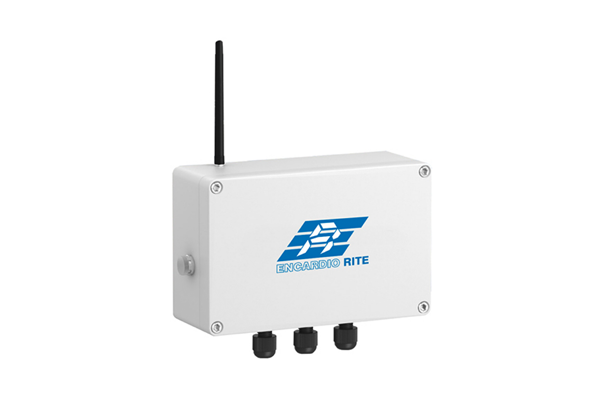 Geotechnical Data Collection: the best way to collect data from datalogger - Encardio Rite Fig 8
Geotechnical Data Collection: the best way to collect data from datalogger - Encardio Rite Fig 8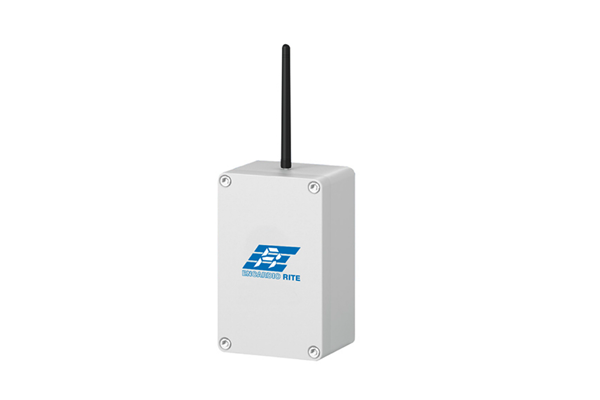 Geotechnical Data Collection: the best way to collect data from datalogger - Encardio Rite Fig 9
Geotechnical Data Collection: the best way to collect data from datalogger - Encardio Rite Fig 9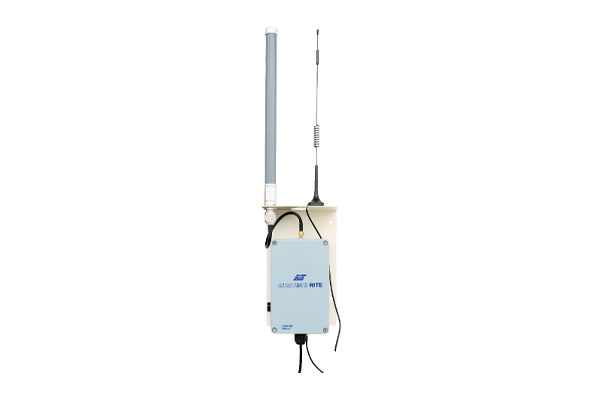 Geotechnical Data Collection: the best way to collect data from datalogger - Encardio Rite Fig 10
Geotechnical Data Collection: the best way to collect data from datalogger - Encardio Rite Fig 10The Encardio Rite Group provides real-time safety monitoring solutions for mega construction projects and existing infrastructure risk assessment.
Besides offering top-notch products and reliable monitoring solutions, we facilitate our valuable clients with timely query resolution.
We make excellence a habit in all our projects, and success follows. For more information on the projects undertaken, visit us at Encardio Rite.